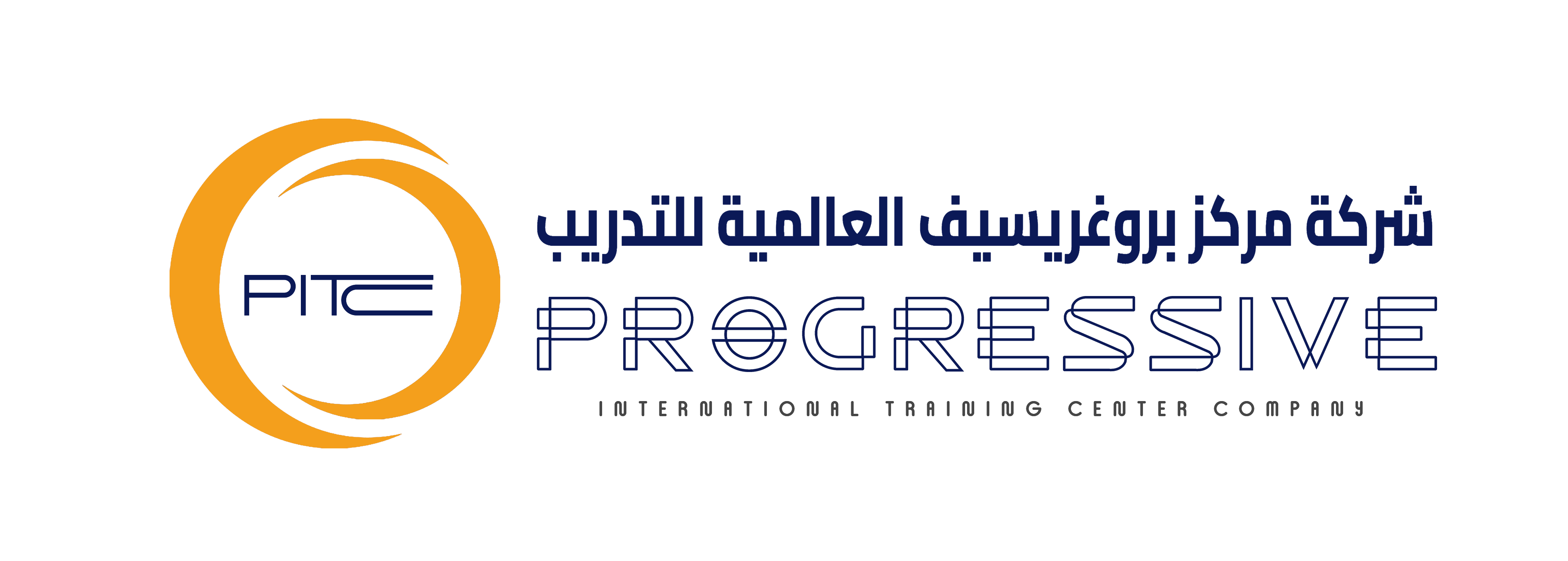Choosing the Right Personal Protective Equipment for Your Workforce
At Progressive International Training Center (PITC KSA), we recognize that ensuring employee safety is paramount in today’s fast-paced work environments. Personal Protective Equipment (PPE) is crucial in safeguarding workers from various hazards, including physical, chemical, and biological risks. It is both a legal and ethical responsibility for employers to provide appropriate PPE, fostering a secure work environment that enhances employee morale and productivity.
The Importance of PPE in the Workplace
PPE plays a vital role in protecting workers from potential dangers on the job. When the right PPE is provided, it not only mitigates risks but also promotes a culture of safety within the organization. Companies that prioritize safety are more likely to see enhanced employee satisfaction and productivity, establishing a positive workplace atmosphere.
Investing in the right PPE:
** Reduces workplace injuries and illnesses
** Boosts employee morale and productivity
** Demonstrates a commitment to employee well-being
**By prioritizing safety, organizations can create a positive work environment that attracts and retains top talent.
Understanding PPE Compliance Requirements
Understanding PPE compliance requirements is essential for every business. Regulatory bodies, such as the Occupational Safety and Health Administration (OSHA), set forth standards regarding the necessary types of PPE for various industries. Non-compliance can lead to severe consequences, including hefty fines and increased insurance premiums. Therefore, adhering to these standards is not just about following the law; it’s about creating a culture of safety and responsibility.
Selecting Personal Protective Equipment
Evaluating Workplace Hazards
Before selecting PPE, it is critical to assess the specific hazards present in your workplace. Employers can utilize different methods to evaluate potential risks:
- Job Hazard Analysis (JHA): A structured method to pinpoint potential risks linked to particular job responsibilities.
- Safety Audits: Regularly inspecting the workplace to spot hazards before they result in harm.
- Employee Feedback: Engaging workers in discussions about potential risks they encounter provides valuable insights.
These assessments help dictate the necessary PPE, ensuring that employees are adequately protected.
Criteria for Choosing PPE
When it comes to selecting personal protective equipment, several factors must be considered:
- Type of Hazard: Match the PPE to the specific risks identified during evaluations.
- Comfort and Fit: Ensure that equipment is comfortable to wear over extended periods, as discomfort can lead to improper use.
- Durability: Choose PPE made from high-quality materials to withstand the rigors of the work environment.
- Ease of Use: Select equipment that is easy to put on and take off, encouraging compliance among workers.
By prioritizing these criteria, employers can enhance the effectiveness of their safety measures.
Customizing PPE for Employees
One size does not fit all when it comes to PPE. Customizing PPE for employees offers numerous benefits, including improved comfort, better protection, and increased compliance. Here’s how to tailor PPE to meet diverse employee needs:
- Assess Individual Requirements: Consider factors such as body type, job role, and specific hazards faced by each employee.
- Involve Employees in the Process: Engage workers in discussions about their PPE needs and preferences.
- Provide Options: Offer a range of equipment styles and sizes to cater to all employees.
Customizing solutions not only enhances safety but also promotes a culture of care within the organization.
Industry-Specific PPE Requirements
Different industries call for unique PPE based on their specific hazards. Here are a few examples of PPE needs across various sectors:
- Construction: Hard hats, safety glasses, gloves, and steel-toed boots are essential for protection against falling objects and heavy machinery.
- Healthcare: Masks, gloves, gowns, and face shields are critical in preventing the spread of infections and protecting healthcare workers from exposure to hazardous substances.
- Manufacturing: Hearing protection, respiratory masks, and protective clothing are necessary to safeguard workers from noise, airborne particles, and chemical exposure.
Understanding these industry standards is crucial for effective PPE selection.
PPE Training for Workers
Importance of Training Programs
Even the best PPE is ineffective if employees do not know how to use it properly. Therefore, effective PPE training for workers is essential. Training programs help ensure that employees understand:
- The importance of PPE.
- How to properly wear and maintain their equipment.
- The specific hazards they face in their roles.
Proper training not only enhances compliance but also fosters a culture of safety.
Steps to Develop Training Sessions
Creating a comprehensive PPE training program involves several key steps:
- Identify Training Needs: Assess the specific PPE requirements of various roles within the organization.
- Develop Training Materials: Create engaging and informative content that covers all aspects of PPE use.
- Conduct Hands-On Training: Allow employees to practice using PPE in controlled environments.
- Continuous Education: Regularly update training sessions to incorporate new equipment and emerging hazards.
Engaging employees through interactive sessions can lead to better retention of information and increased compliance.
